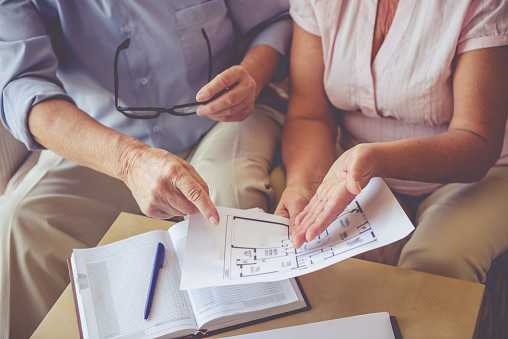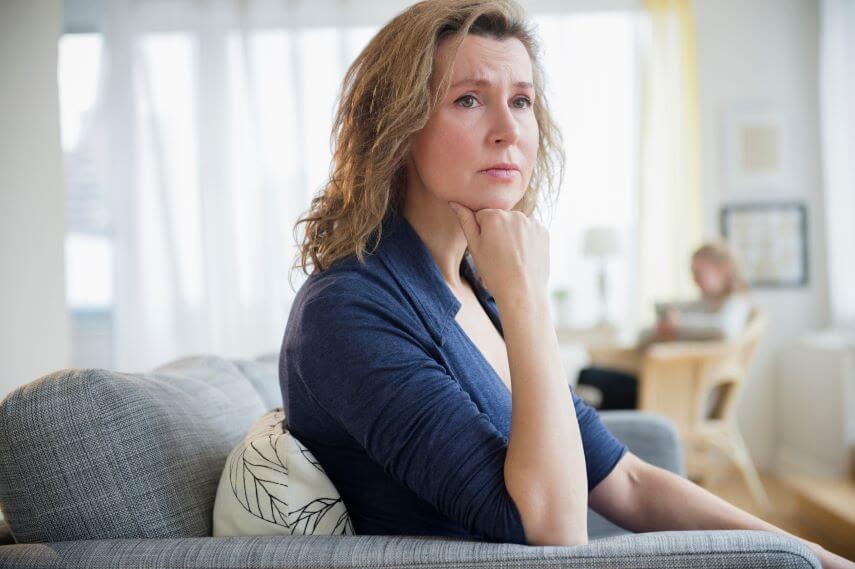Five years ago, Estelle Winicki, then 70, was living in Boulder, Colorado. “I wasn’t sure what I was going to do with the rest of my life,” she recalls. Her three children were grown and scattered around the country, her 10 grandchildren busy with their own lives.
She knew two things: that she wanted to be around people and that her housing couldn’t be costly. Winicki, who is divorced, scouted senior living facilities and high-rise apartments. She quickly figured out that she didn’t want “to live among all old people,” as she puts it.
Today, Winicki’s new home is a one-bedroom, affordable housing rental at Bridge Meadows in Portland, Oregon. Just 20 minutes from her son, the intergenerational community was built in 2011 to lovingly support children who have come out of the state foster care system and their foster and adoptive parents.
Bridge Meadows is part of a growing and increasingly popular type of housing: communities with a social purpose that benefit all ages and bring together vulnerable populations, families, and older adults.
At a time when older adults often experience loss and feel lonely and socially isolated–with families scattered around the country–intergenerational living has many advantages.
It provides a sense of belonging and security for all, leveraging the strengths, talents and time of older people and offering them a built-in community. The arrangement provides stability and love for kids, and support for their parents.
Communities With a Social Purpose
Bridge Meadow’s model is so successful that a second location opened in 2017 in Beaverton, Oregon. Other socially conscious, intergenerational communities for former foster care kids and young adults include Hope Meadows in Rantoul, Illinois, and New Life Village in Tampa, Florida. Typically, seniors are expected to volunteer six hours a week; often it is many more.
Twice a week Winicki walks a few yards from her rental at Bridge Meadows to a neighbor’s to give the children breakfast and take them to the bus stop so their mother can get to work early. She helps another boy with his homework, and has taught kids how to swim at a nearby pool.
“I’m more than just homework or babysitting,” she says. The kids take walks with her and her small dog Mimi. She has worked hard to build up trust with the young families. More than anything, “it gives us elders a sense of purpose,” Winicki says. “I am very active but as you get older, you become invisible. At Bridge Meadows, my voice is heard and the kids and parents really respect us.”
Lynne Knudsen, 85, lives at the Treehouse Community. Two years ago, she noticed that Stephanie Wright, now 23, who has Down Syndrome, had an ear for music. Knudsen offered to give Wright weekly piano lessons.
Teaching Life Skills
At Treehouse, there are 48 affordable housing, one-bedroom cottages for seniors (the oldest who is 89) interspersed with twelve family homes that form a circle on the property.
Anchoring the site is a community center with a large kitchen and space for central gatherings, communal meals from time to time, and offices for a full-time social worker and staff. After school, that massive room turns into a homework center staffed with students from nearby colleges and older residents.
If a child needs help with a college application or a resume, let’s say, or prepping for an interview, adults from the community or volunteer students are there to pitch in. Part of their goal is to steep resident youngsters in solid life skills, including business and entrepreneurship. So, every other month, middle, high school and college age students from Treehouse host an event dubbed “Treecat.” It offers live music—a Grammy nominated singer has performed there–and a five-course, gourmet, plated meal.
Holly Handfield, 68, a resident and talented cook, helps the kids prepare the dinner. That includes budgeting for food, grocery shopping, menu planning and serving. The kids also collect money for admissions. They learn marketing and public relations skills (how to write a press release and promote the event on social media) often from outside professionals, ranging from a local newspaper editor to an accountant.
Other Kinds of Communities
There are variations on the foster care theme. For instance, Bastion, in New Orleans, opened its 5.5 acre, new affordable housing neighborhood (Phase I) in 2017 for wounded, ill or psychologically injured veterans. It was conceived and created by Dylan Tete, a West Point graduate who returned from the Iraq War with PTSD.
On the property is a wellness center, common areas, and professionals who provide social and clinical services, as well as programming, for 73 residents; half are older adults, former military veterans and civilians. Phase II is in development. There is a robust waiting list for both.
In the planning stages are two other communities to help support young adults with autism and other developmental disabilities. BUILDING OHANA will be in Spokane, Washington and another, initiated by the Howard County Autism Society, in Maryland.
As these housing models gain exposure, it is likely there will be children with other social challenges to rally around. Might it be mental health? Homelessness? Children born to opioid-addicted mothers?
While the specific issues are unclear, there is no doubt that having all ages live together to support, and care for, one another—and help change the course of lives—is a home run.







I have been a victim of ageism and would like to find a group who is currently fighting this negative attitude against a natural passage of life.
Interested
I have a son that is 51 years old and I have been taking care of him now I had a slight stroke and can’t take care well any more. I need help i dont want to put him in a nursing home it seem like my only choice here in Alabama.
I am 89 working as an employee in
Our library. I tutor. I am learning WORD for online work. I love this use of living with all ages! I was searching in the Northeast and found you. So let’s work on this and get more involved!
I am a vital 82 year old divorced woman. I am in similar circumstances as those written within this website. My children are married. My grandchildren are young adults. They include me at holidays and other social occasions ( but rarely ). I’m finding and feeling lonely. They have their lives and activities as they should. I volunteer at the Braille Institute where I read to blind students. I would love to volunteer more time to any part of society that needs me. I love people, both young and old, and get along with all whom I meet. If you can give me suggestions as to how I may offer my help, and meet others, I will be very grateful. I live in the Los Angeles area. Many thanks for your interest and response. Sincerely, Rhoda 🌺
Let’s start something here in Sonoma County. I would love to spend the next stage of my elder years doing this kind of volunteer work in a mutually supportive community.